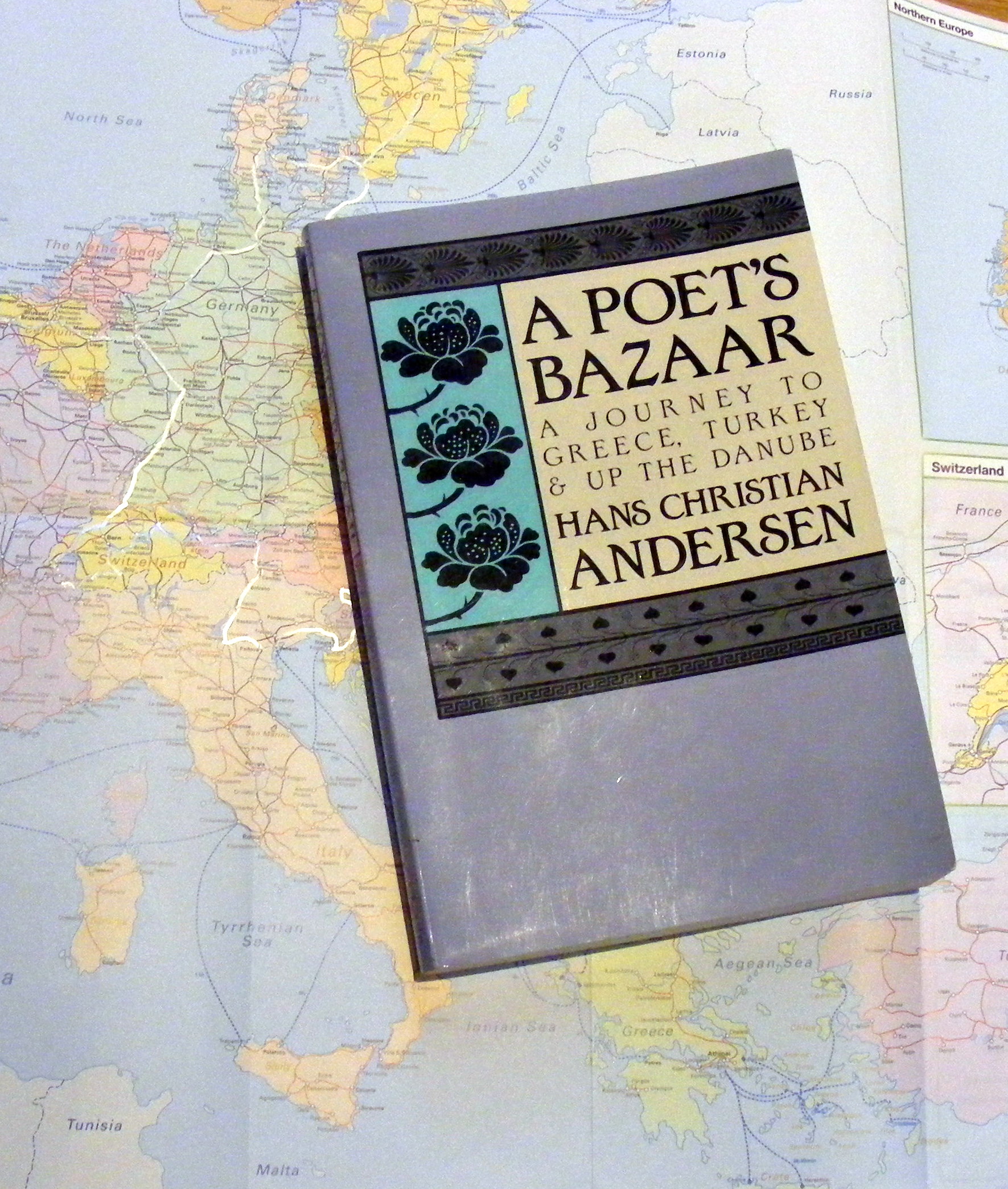![Join the Sapphic Book Bingo
[Bingo card with boxes arranged in 5x5 grid, each with a heading summarising a particular trope or aspect often found in sapphic books]](https://kathleenjowittdotcom.files.wordpress.com/2022/02/sapphic-book-bingo_instagram.png?w=1024)
I’m about six weeks late with this, but there’s plenty of 2022 still to come, which means that there’s plenty of time still to read books. Plenty of time to take a look at Jae’s Sapphic Book Bingo and mark out a line you might like to fill. There’s still time to fill the whole card, if you’re feeling ambitious.
As ever with Jae’s challenges, there’s a refreshingly wide choice of themes, and my stories fit into quite a few of them. Such as:
- Speak Its Name is, above all, Lydia’s coming-out story. (It takes her a while to come out even to herself, which was a bit of a challenge when I realised that the whole thing needed to be rewritten and put into her point of view.)
- It’s also an award-winning book. In fact, it was the first self-published book ever shortlisted for the Betty Trask Prize. Getting shortlisted for the Betty Trask Prize means you automatically win a Betty Trask Award. Will I be forever thrilled to have been shortlisted for the same award as Sarah Waters? Oh yes.
- I have a few short stories available for free. Find The Mermaid at The Lesbian Historic Motif podcast or Prima Donna at A Story Most Queer (both historical fiction, both podcasts). Or sign up for my newsletter to download Yay or Nay (historical fiction again) or In Little Space (a Christmassy short set between Speak Its Name and The Real World).
- And you can find Daisy’s Yarn in the new IReadIndies anthology Anything But Romance, free until the end of the month. As you might guess, it’s Not a romance as well as being a free book.
- Are student politics (Speak Its Name) or the intersection between sexual identity and faith (both Speak Its Name and The Real World) out of your comfort zone? There’s another square for you.
- As for different sexual orientation or gender identity, Lydia is a lesbian (Speak Its Name is her book) and Colette is bisexual (The Real World is hers, and it’s very, very bi). They’re both cis.
- They’re an established couple by the time we get to The Real World.
- I think The Real World is probably my author’s pick. I was flicking through it this morning and thinking that it was worth all the anguish after all.
And if you’re going for the trickier Book Unicorn card, either Speak Its Name or The Real World will of course count for Faith. (You might find some other possibilities on my LGBTQ Christian fiction recommendations post, too.)
There are some that I can’t help you with. I’m too young to have written a sapphic classic, though I’ve read plenty (most recently enjoyed Katherine V. Forrest’s Murder At The Nightwood Bar). I am not a POC author (try Sara Collins, The Confessions of Frannie Langton). Nor am I a newbie (going to have to do some research there). And so forth.
And there are some that are a bit borderline. I’m not sure that I’d count ‘both being rostered to cook baked potatoes’ as a meet-cute, but you might feel differently. (Sadly, my cutest sapphic meet-cute happens in A Spoke in the Wheel, which is not a sapphic book, what with it being narrated by a man and all. But I’ll always have a soft spot for Vicki and Gianna and their background cycling app rivalry meet-cute. Gianna, the silversmith, would be my best shot at an unusual job, too. Oh well.)
If you think one of my books might help you fill a square on your card, you’ll find them, among other places, on Smashwords, where I’m giving a 50% discount to readers playing Sapphic Bingo. Use voucher code TF79U to get the discount.
So that’s it. Have fun. Eyes down.






